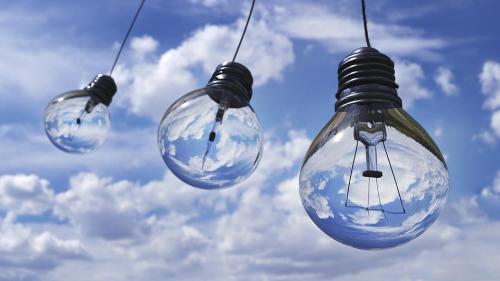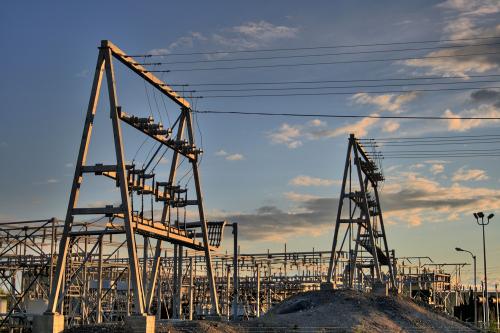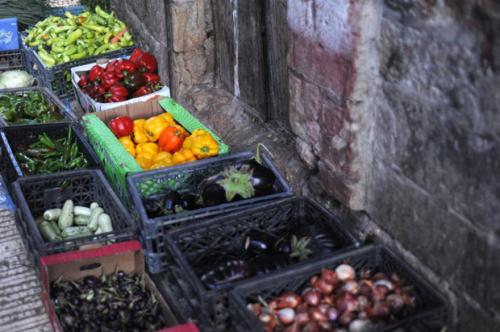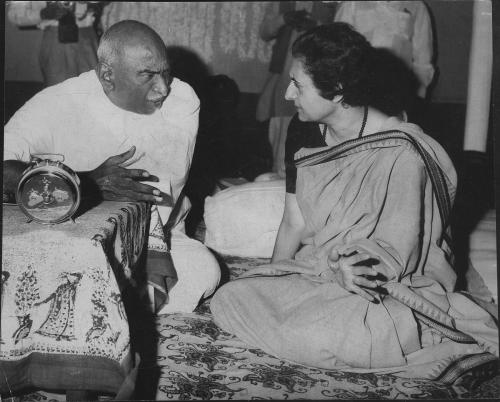Content from the Brookings Institution India Center is now archived. After seven years of an impactful partnership, as of September 11, 2020, Brookings India is now the Centre for Social and Economic Progress, an independent public policy institution based in India.
This article first appeared in the Mint. The views are of the author(s). The author has also written an Impact Series Paper, ‘Delhi’s Household Electricity Subsidies: Highly Generous but Inefficient?’
Who doesn’t like discounts or freebies, especially from the government? Subsidies aren’t inherently wrong—they can help keep goods and services affordable, and encourage “good” things like education. The challenge is making them efficient and focused, so that they help the poor and deserving the most.
The Delhi government offers substantial subsidies to household consumers of electricity, and a Brookings India study shows these turn out to be the most generous in India. They are also highly regressive in the current form, i.e. the richer benefit far more. Tweaking the subsidy policies can maintain much of the coverage (and increase it for the most deserving) but save enormous taxpayer money, perhaps around Rs 1,000 crore annually.
Delhi’s electricity tariffs are set by an independent regulator, the Delhi Electricity Regulatory Commission (Derc), which found the average cost of supply per kilowatt-hour (kWh, or unit) is roughly Rs 7.3 for Delhi’s three major utilities (discoms). Derc has set average residential (domestic) tariffs at only about 75% of this cost, with commercial and industrial users overpaying to compensate (a cross-subsidy). Within the residential segment, smaller users pay less than this discounted average tariff, with rising tariffs for higher consumption based on slabs or tiers, a progressive system. The lowest (or entry) pricing slab is for a monthly consumption of 0-200 units, and only a small subset of consumers sees tariffs equal to or higher than the average cost.
On top of this, the government promised a third discount, a 50% taxpayer subsidy on energy consumption charges (but not fixed charges) for all consumers below 400 units per month.
This subsidy mechanism is so generous that over 80% of homes get the subsidy, on average. Due to its monthly nature, outside the extended summer, some 90-96% of consumers qualify. This is not just the common man, but even the rich!
Lower consumers (0-100 units, ostensibly the poor) only get a subsidy of about Rs 1,000 annually, while the highest bucket (300-400 units) get around Rs 9,000 average subsidy. Worse, the design is regressive, in part since it doesn’t cover fixed costs and in part because the absolute subsidies increase with rising consumption. Thus, the net subsidy for the poorest is only about 33%, while the rich get about 40% subsidy.
The subsidy is enormous, budgeted at Rs 1,600 crore in 2016-17 (6.15% of Delhi’s non-plan expenditure). In contrast, the water subsidy is only Rs 250 crore, hitting a peak at a theoretical limit of about Rs 287 per month (for a full 20,000 litres of free water consumption).
A number of states offer residential electricity subsidies, and most have lower regulator-determined tariffs for the first slab of users. But almost all have an entry slab ending far lower than Delhi’s 200 units. So, in those states, (a) it’s mainly the poor who benefit, and (b) the total taxpayer burden is reduced. Even Tamil Nadu—which offers a free 50 units per month of electricity for everyone, plus some more subsidies in a progressive manner—has a lower subsidy per household. This is despite Delhi being one of the richest states in India. Thanks to the 50% subsidy, a Delhi consumer of 200 units pays only Rs 2/kWh, while a consumer in Jharkhand with one-fifth the average income pays Rs 2.6/kWh.
While it’s a policy choice whether to subsidize so many and so much, there are better targeted or lower cost options worth considering. First, the regressive nature needs to be corrected. Like in Tamil Nadu, fixed costs should be covered so the poorest get a better percentage benefit. Second, instead of a fixed threshold, a progressive system with phase-out would encourage more energy saving and give more benefits to the poor. Lastly, Delhi should have better targeting, including a lower threshold.
Shifting the 400 units to a 300 units threshold would reduce subsidy coverage by only about 13%, but save 30%. Going to 200 units would still cover over half the population (and everyone would still have cross-subsidy based discounts), but Delhi could save about two-thirds, some Rs 1,000 crore annually. This could give two million schoolchildren Rs 5,000 worth of free/enhanced education each. Within the power sector, one could give far more benefits to the poor; maybe even poorer commercial users deserve a break (small and medium enterprises reportedly create far more jobs than large companies). One could also pay for aggressive energy efficiency, or every year pay outright for 500 non-polluting electric buses at Rs 2 crore each.
Subsidizing any consumption through end-user prices creates distortions and can encourage wastefulness. If affordability is a concern, that is a separate issue that can be addressed by different means, such as up-front payments for the targeted, including via direct benefit transfers (DBT). But by subsequently pricing electricity at its real cost, one ensures there is an incentive to conserve energy.
How you frame a question drives how people will answer. If you pre-suppose that the discoms are too expensive, if not over-charging, then “reducing the bill” for the maximum people seems like generosity. However, if you recognize that there is finite money to subsidize electricity, then we can aim at more energy-saving and fairer subsidy systems. After all, discounted or “free” has a cost—just elsewhere.










Commentary
Op-edDelhi’s inefficient electricity subsidies
April 17, 2017